Fluxing of the relay
Fluxing has to be carefully considered depending on the type of relay.
■ Sealed relays, wash-tight relays: These relays may be processed on all standard commercial fluxing, solder and cleaning equipment for this type of electrical and electromechanical components.
■ Unsealed relays, open relays, dust-proof relays: Should be hand soldered to avoid flux contamination of the relay. Flux should be used sparingly and evenly and joints examined after soldering. If flow soldering is used however, the flux level has to be set so that it merely touches the bottom of the PCB and only wets the underside of the printed circuit board. It must not flood onto the upper surface of the PCB. This is particularly critical if multilayer PCB are used and there are unused holes under the body of the unsealed relay, the flux should only be visible as foam flux through any open perforations in the printed circuit board . If the printed circuit board is flooded by flux, bursting flux bubbles can lead to contamination in open relays and, consequently, to failures. To protect against corrosion, no acidiferous flux should be used .The recommended flux types are 1 .1 .3, 1 .2 .3 or 2 .2 .3 according to DIN EN 29454 T .1 or type F-SW 32 to 34 to EN 29454-1 (ISO 9454-1).
If there is any doubt about the fluxing process, sealed relays (washtight, plastic or hermetically sealed) should be used.
Acidic fluxes are not suitable for open relays due to the risk of corrosion, especially inside the coil.
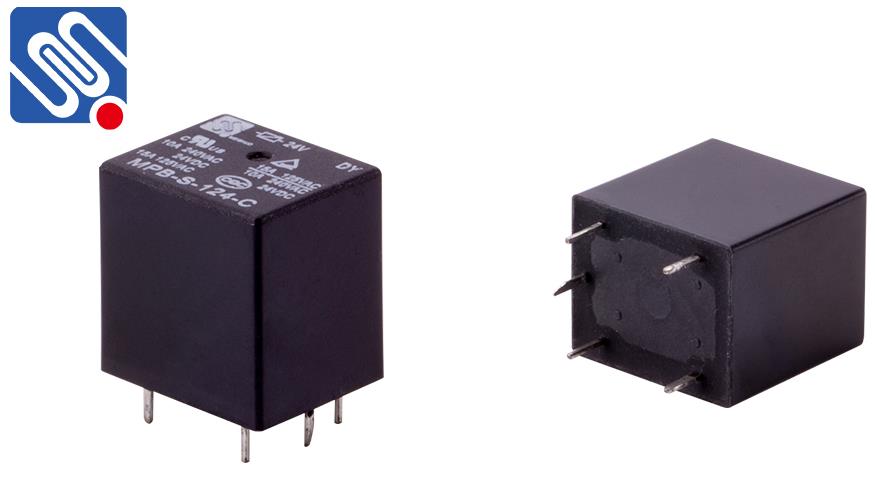



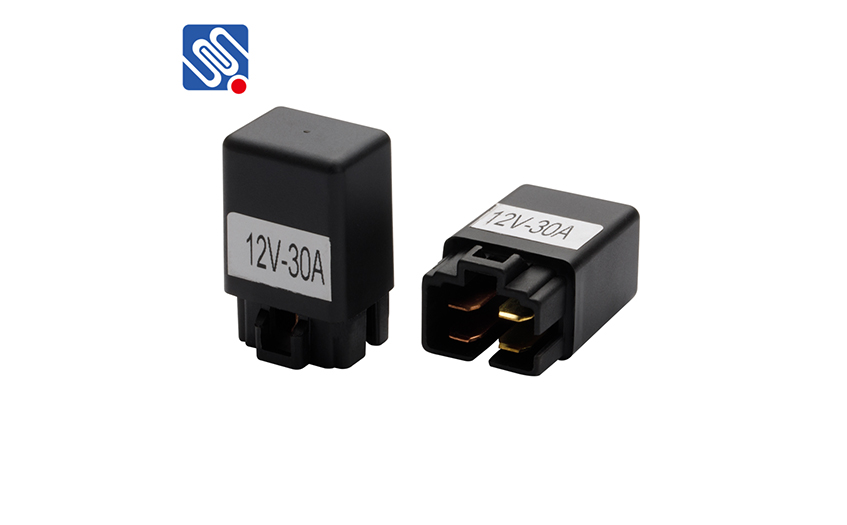
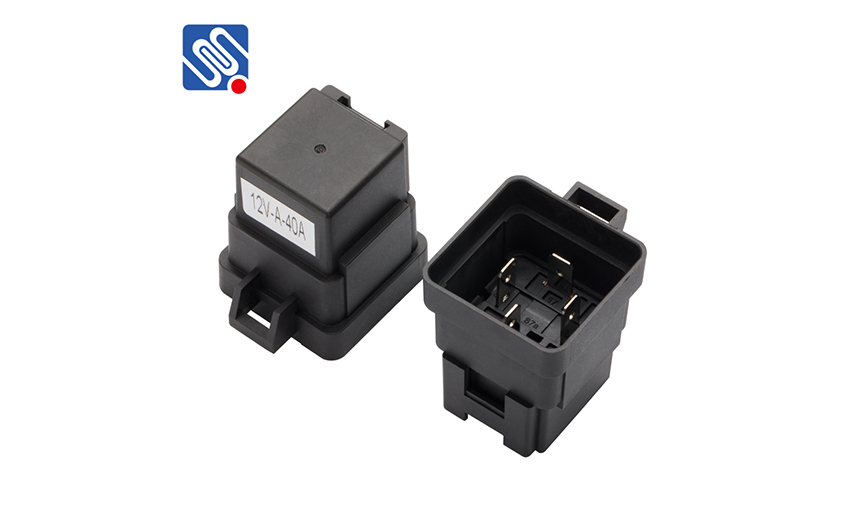
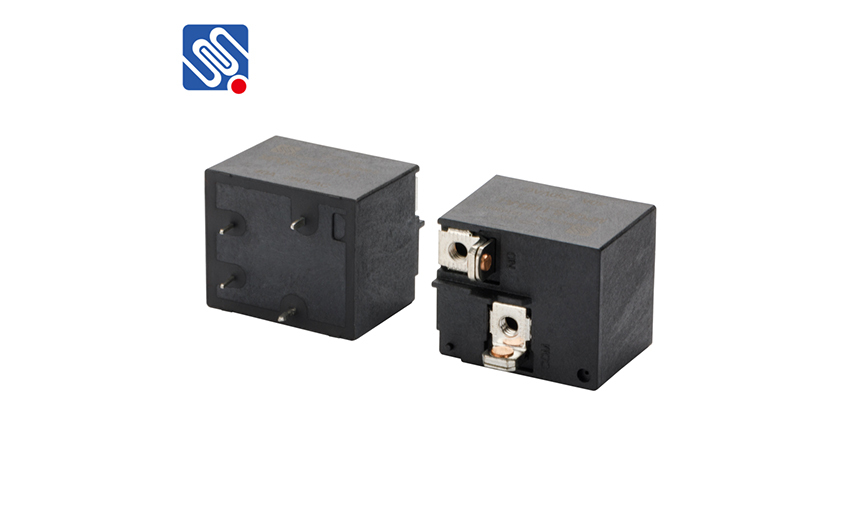
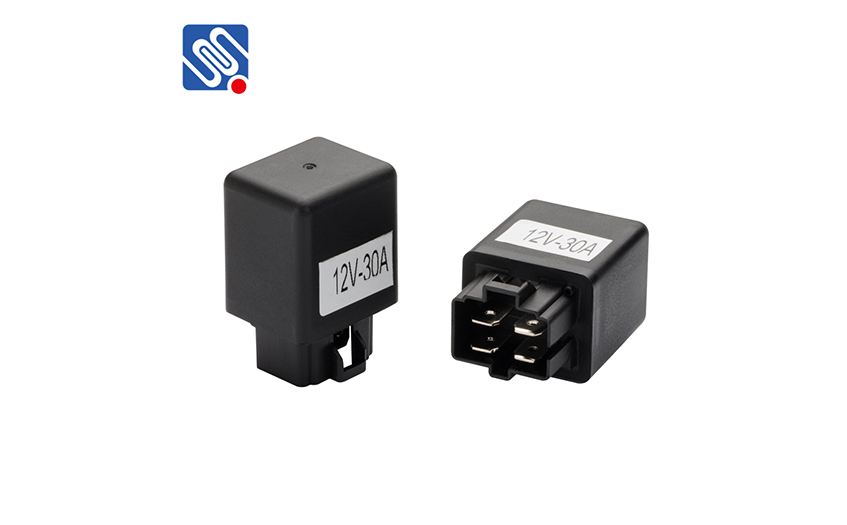
 selena
selena  sales@msrelay.com
sales@msrelay.com 13968707033
13968707033
 +86-577-62518811
+86-577-62518811





